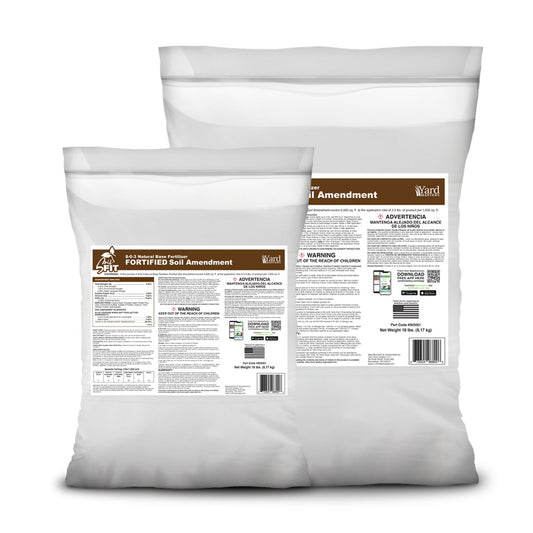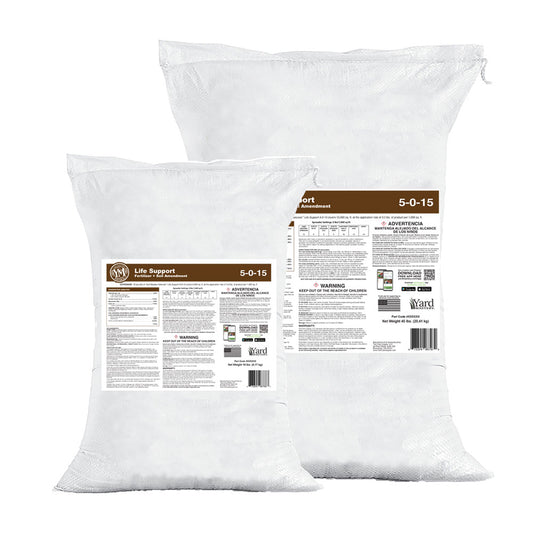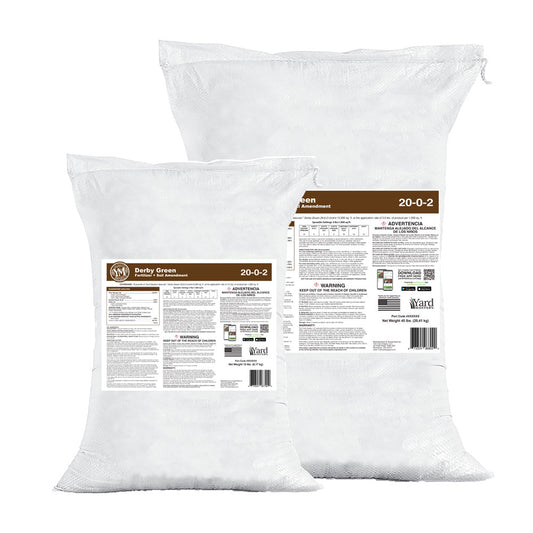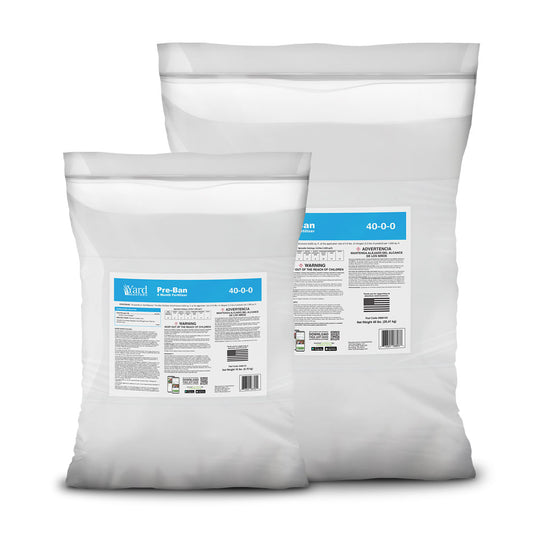The Lawn Aeration Guide
What, When & Why to Aerate Your Lawn
Unlock thicker, healthier turf by breaking through compaction and improving root development. Whether you're a DIY newbie or lawn care veteran, aeration is one of the most powerful tools in your lawn care arsenal.
TLDR: Click here to download this guide as a PDF
How to Know If Your Lawn Needs Aeration
- The Screwdriver Test: Push a screwdriver into your lawn. If it meets resistance, your soil is compacted.
- Pooling Water: Puddles after rain suggest poor absorption due to dense soil.
- Patchy or Unhealthy Grass: Yellowing, brown spots, or sparse growth may indicate compacted soil.
- Thick Thatch Layer: A spongy mat of dead grass prevents air, water, and nutrient absorption.
What Is Core Aeration?
Core aeration removes plugs of soil to allow deeper penetration of water and nutrients, encourage root development, and break up thatch. It’s best for cool-season lawns and works well before overseeding.
Cost of Core Aeration
- DIY Rental: $40–$60 (4-hour rental)
- Side Hustler: ~$50 for 5,000 sq ft
- Pro Services: $75+ for 5,000 sq ft
When Is the Best Time to Aerate?
- Cool Season Lawns: Best in fall; spring is secondary (avoid if using pre-emergent)
- Warm Season Lawns: Best in late spring or early summer; avoid fall
Core Aeration + Overseeding = Lawn Power Move
Triple-pass with the aerator, overseed, apply starter fertilizer and RGS, then water consistently.
What Is Liquid Aeration?
Liquid aeration uses sprayable products like Air8 to break soil bonds and promote deep water and nutrient movement without physical labor. It’s pet-safe, easy to apply, and can be used all season.
Liquid vs Core Aeration
| Feature | Core Aeration | Liquid Aeration |
|---|---|---|
| Method | Mechanical | Sprayable |
| Depth | 2–3 inches | Up to 12 inches |
| Residue | Plugs left behind | Clean/turf remains tidy |
| Ease | Labor-intensive | Easy for DIYers |
| Application Timing | Spring/Fall | Year-round |
| Interferes w/ Pre-Emergent? | Yes | No |
How Often Should You Aerate?
- Core Aeration: Once per year (Fall recommended)
- Liquid Aeration: Twice per year, up to four times for compacted lawns
Eco-Friendly Benefits of Liquid Aeration
Air8 contains naturally derived ingredients like humic acid and yucca, supports soil microbes, and doesn’t disrupt natural ecosystems—perfect for sustainable lawn care.
How Long Until You See Results?
Most lawns show results from liquid aeration in 2–4 weeks. Expect better water absorption, improved color, and stronger root growth over time.
Shop Lawn Aeration Essentials
- Air8 Liquid Aeration
- Soil Fit - Soil Amendment
- 12-12-12 Starter Fertilizer
- Grass Seed Selector
- Fall Overseeding Bundles
Get Personalized Aeration Advice
Download the FREE Yard Mastery App for customized lawn care plans based on your grass type and zip code.
- Choosing a selection results in a full page refresh.





